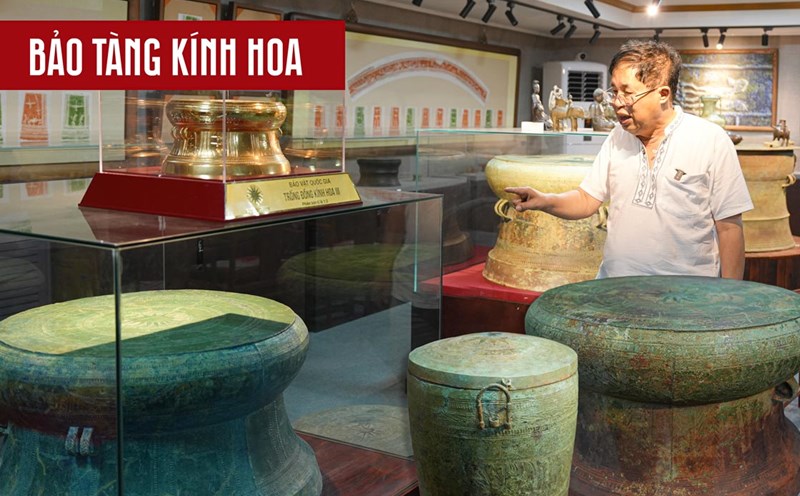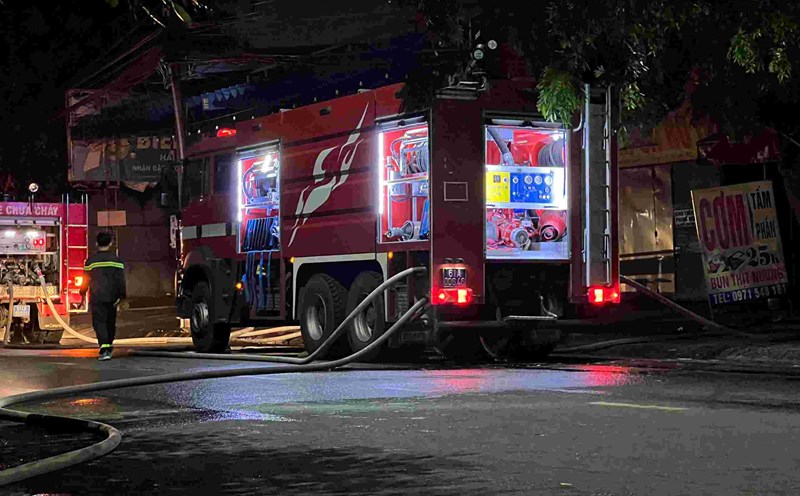However, many recent painful incidents, most recently the national treasure - the throne of the Nguyen Dynasty in Thai Hoa Palace (Hue Imperial City) being attacked, have pointed to a reality: We are still confused in policies and weak in capacity, especially in two key pillars: humans and technology.
The legal system on cultural heritage - the latest being the 2024 Cultural Heritage Law, has had a clear development step, with many progressive regulations, decentralization of responsibilities and establishment of a special protection mechanism for national treasures.
But if the law is not converted into practical capacity soon, from facilities, technology to professional teams... then treasures can still be encroached upon, degraded, or even disappear.
In fact, in many museums and preservation centers, the team of preservation staff is still thin, lacking in-depth expertise, or not well-trained in areas such as materials science, preservation techniques, and restoration.
Meanwhile, the requirements for preserving types of treasures are increasingly complicated, from metal antiques, ceramics, silk paintings to intangible heritage in digital form.
Without a long-term investment strategy to develop high-quality human resources for this field, the story of endless hectares of treasures will have no end.
Along with the human factor, it is mandatory to apply modern technology in preservation. The world is digitizing all national treasures using 3D technology to both preserve physical information and create a basis for restoration in case of damage.
virtual reality technologies, artificial intelligence, and integrated security sensors are being widely used to help the public interact and monitor safe artifacts 24/7.
Meanwhile, many treasures in Vietnam are still only displayed in simple glass cabinets, with a formal monitoring system, or "running on rice".
We cannot also talk about the "special regime" for national treasures if the exhibition site still lacks stable air conditioning, temperature and humidity, if the museum cleaning process is still manual, even incorrect, or if the storage warehouse does not meet standards.
Not only lacking in human resources and technology, another big gap in the current conservation system is the lack of special, separate protection regimes for each type of national treasure.
It is time to consider the protection of national treasures as not a unique task of the museum industry, but as part of the country's cultural and scientific development strategy.
To do so, there needs to be a synchronous policy: From stable financial investment, planning of conservation networks, international cooperation, to encouraging in-depth training on heritage conservation at universities, bringing treasures into the digital space, expanding public access through interactive technology...
When national treasures are not effectively preserved, we not only suffer some damage to their physical value, but also lose both pride and cultural memories.












